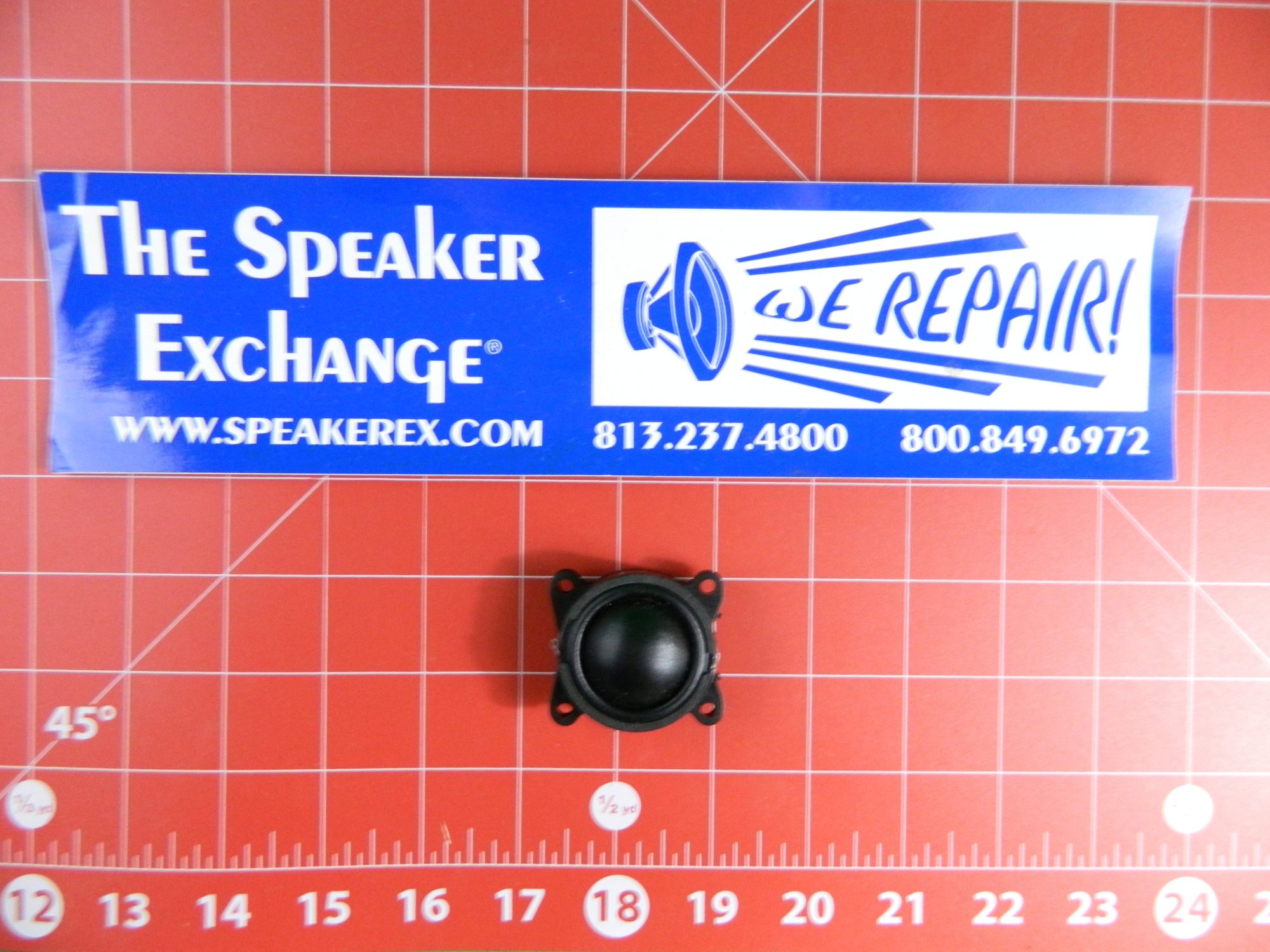Edit: added details about the test setups with pictures.
Inspired by @Archaea and his home theater, I bought 12 JBL CBT 70J-1 off eBay at a ridiculously low price. As you might expect, the speakers weren’t quite perfect.
Test setup for SPL testing individual tweeters:
OmniMic with cone to isolate sound. Mic edge approx 1” from end of cone. OmniMic Pink noise with receiver vol set to -40 (iirc)
![Image]()
Test setup for freq range sweeps:
OmniMic ~1m from center of tweeter array. Receiver vol set to -40. OmniMic short sweep. Stand built to only fit the speaker one way with minimal movement left/right (
![Image]()
The issues seem to be related to the tweeter arrays. I’ve swapped the tweeter array between 2 bad speakers and 2 “good” speakers and the issue went away on the bad speakers.
I’ve read through Archaea’s thread in this forum: https://www.avsforum.com/threads/jbl-crossover-issue-polarity-seeking-help.3007478/
I’ve measured the SPL for each individual tweeter with pink noise and a makeshift cone made from a toilet paper roll on my test mic. I’ve color coded the individual tweeters based on deviation from what looks to be the right value for each tweeter spot in the array. I’m not sure if this gives any relevant info for sorting this issue out.
I’ve also done frequency sweeps of the speakers. They seem to separate into a few groups:
The “good” speakers also aren’t consistent over 16.5KHz even within a given group.
I’m trying to figure out next steps. Beyond the test I did, is there a better way to diagnose which of the tweeters are causing the variation in the frequency response?
Thank you in advance for your help.
Derek
SPL measurements per component
![Image]()
"Good" speakers grouped by how they perform
![Image]()
With the "bad" speakers
![Image]()
Inspired by @Archaea and his home theater, I bought 12 JBL CBT 70J-1 off eBay at a ridiculously low price. As you might expect, the speakers weren’t quite perfect.
Test setup for SPL testing individual tweeters:
OmniMic with cone to isolate sound. Mic edge approx 1” from end of cone. OmniMic Pink noise with receiver vol set to -40 (iirc)
Test setup for freq range sweeps:
OmniMic ~1m from center of tweeter array. Receiver vol set to -40. OmniMic short sweep. Stand built to only fit the speaker one way with minimal movement left/right (
The issues seem to be related to the tweeter arrays. I’ve swapped the tweeter array between 2 bad speakers and 2 “good” speakers and the issue went away on the bad speakers.
I’ve read through Archaea’s thread in this forum: https://www.avsforum.com/threads/jbl-crossover-issue-polarity-seeking-help.3007478/
I’ve measured the SPL for each individual tweeter with pink noise and a makeshift cone made from a toilet paper roll on my test mic. I’ve color coded the individual tweeters based on deviation from what looks to be the right value for each tweeter spot in the array. I’m not sure if this gives any relevant info for sorting this issue out.
I’ve also done frequency sweeps of the speakers. They seem to separate into a few groups:
- Speakers with a rise from 610-1000Hz, peak at 875Hz (2 in this group)
- Mostly matched up group (3 in this group)
- Group with a lower output by a couple of db across most of the range (2 in this group)
- Group with various dips and some peaks from >200Hz (5 in this group)
- I consider the speakers in this group as “bad”.
The “good” speakers also aren’t consistent over 16.5KHz even within a given group.
I’m trying to figure out next steps. Beyond the test I did, is there a better way to diagnose which of the tweeters are causing the variation in the frequency response?
Thank you in advance for your help.
Derek
SPL measurements per component
"Good" speakers grouped by how they perform
With the "bad" speakers










